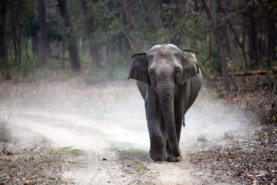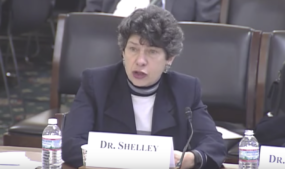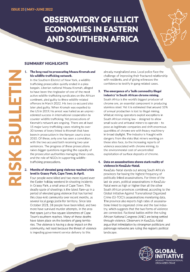Posted on 18 Dec 2008
The illicit trade in wildlife is not only a serious global environmental crime with profoundly negative impacts for endangered species protection, ecosystem stability, and biodiversity conservation, but it is also a real and increasing threat to national and global security.
An alarming proliferation in recent years of wild animals and animal parts taken illegally and exchanged through the black market across international borders has left law enforcement officials in the United States and worldwide searching for ways to both stem an increasingly prolific area of international crime and stop the trade before it is too late for many endangered animals.
No longer a problem localized to parts of the world where many lack access to basic resources, the illegal trade in wildlife has grown to become a massive global industry. It is believed to be on par with drug trafficking and the arms trade, if not in terms
of total revenue produced for criminal enterprises, then in gravity. In fact, various governmental and non-governmental agencies have estimated that it may be worth in excess of 20 billion USD, or more1. Much of this is in clandestine undertakings interwoven into a criminal industry that generates enormous levels of undocumented, untraceable revenue, the full scale of which may never really be known.



